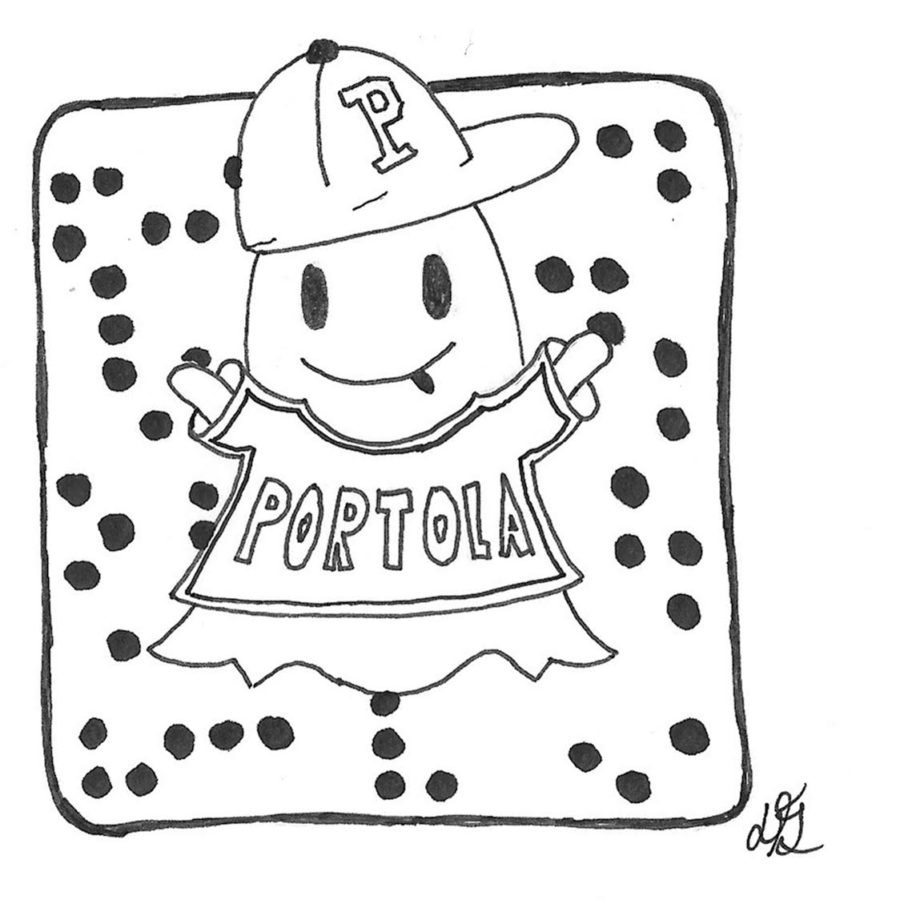Social Media in Schools: An Unorthodox Pairing
Instagram and schoolwork typically never go together, but recently students and teachers have been embracing the use of social media sites to create awareness about projects and draw students into lessons. Although social media is construed to have a negative effect on work habits of high school students, it should be used for its powerful impact and utility as a tool for networking and awareness.
Generally, social media has a severe stigma in the school environment. Administrators look down upon it and block networking sites. Teachers ban the use of social media in class. However, it possesses a hidden versatility utilized by few to help create a more immersive learning experience.
Using media sites such as Instagram allows teachers to draw students into the curriculum. It is easy, especially in high school, to lose students to daydreaming and general boredom. However, students are typically excited to use social media, and it eases the burden on teachers to create appealing activities for every class session. If they make an assignment to create a Facebook page or Instagram account on a historical figure, their students will be more receptive to the lesson.
Social media can also be used to create awareness for school activities and projects. As schools move towards community outreach and connecting their students to the real world, they will face many obstacles with publicizing their student’s efforts. However, with social media, the process of advertising a project will become seamless. For example, by sharing the link to a GoFundMe page on Instagram, students instantly connect with the world and create a field of exposure that goes much further than their own friends and family.
While opponents of social media may pose that it will become a commonplace practice for students to use it in school as a distraction from academics, it is crucial to remember that teachers will be regulating the use. Many schools, especially those in IUSD, have strict cell phone policies and do not tolerate the use of electronic devices in class for non-academic purposes. Teachers will still be able to monitor the use of social media in class and will most likely only use it in minimal amounts.
When looking at social media, many view only the harmful aspects and do not appreciate the unpopular, holistic perspective. Social media will never constitute the majority of school curriculum but instead should be used as an accessory for teachers to simplify teaching some uninteresting concepts. It has countless beneficial qualities, and if harnessed correctly, can be used to revolutionize the world of education for the better.
Your donation will support the student journalists of Portola High School. Your contribution will allow us to purchase equipment and cover our annual website hosting costs.

Ajinkya Rane is one of the two Managing Editors, and it is his second year in that role. He has previously served as Co Editor-in-Chief and Sports Editor,...

Dylan Gates is the Media Director of the 2018-2019 Portola Pilot staff. He is in his Junior year at Portola and has been working with the Pilot since the...




